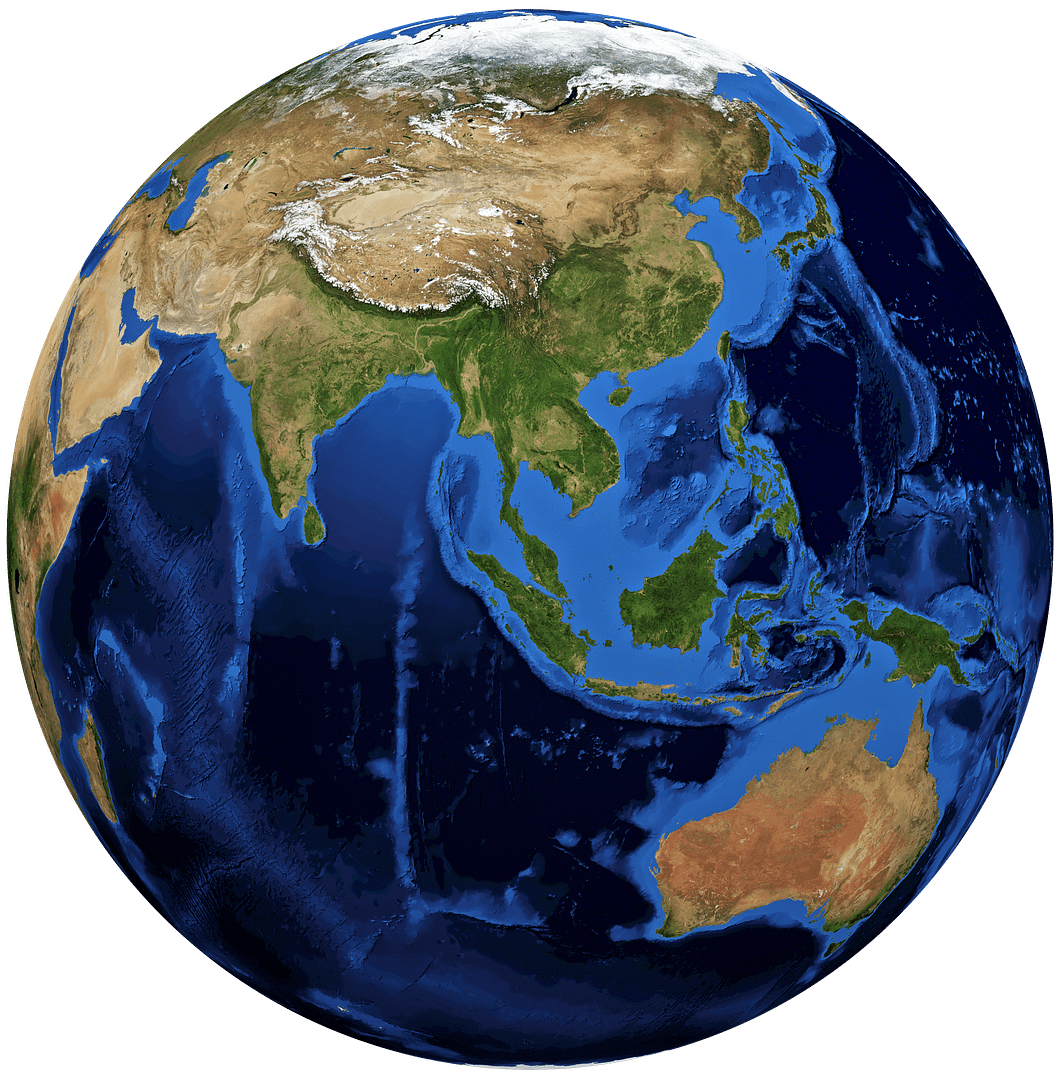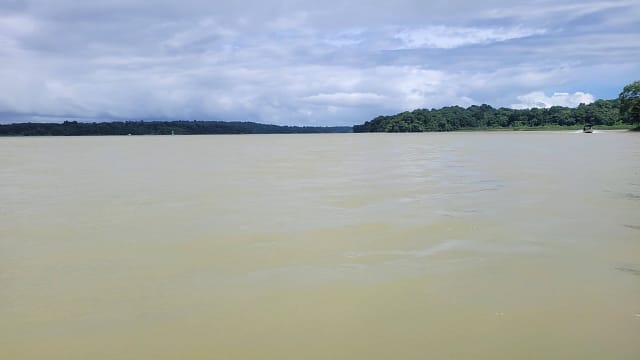The Panama Canal is truly one of those man made wonders that you must see in your life time. Its history is so bizarre it almost seems unreal. We would recommend you read The Path Between Seas: The History of the Panama Canal, 1870-1914 by David McCullough to really see the egos, personalities, politics and everyday people that made the canal possible. You will also get a great appreciation for the power of the mosquito and its influence over the canal and expansion of the United States.
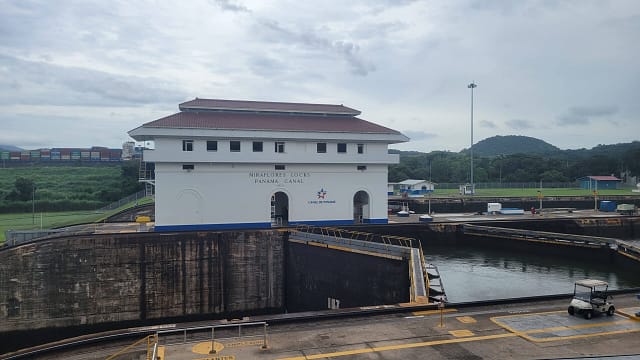
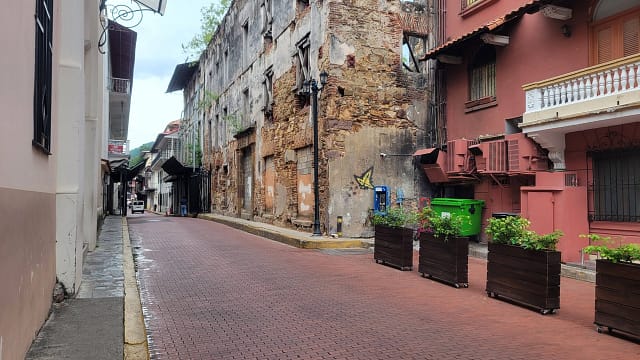
The Panama Canal Museum
The Panama Canal Museum in Casco Viejo is the perfect place to start before visiting the canal itself. It provides a great overview of the timeline of the canal, the countries involved in building it and living conditions of the workers. The museum also goes into the effect of the canal construction, and U.S. occupation of Panama to protect the canal post completion.
At the museum, you will also learn about the biodiversity of the canal, Barro Colorado Island, and the Smithsonian Institution (yes, the same one running museums on our National Mall).
The Balboa Anchorage - Entry to the Panama Canal
For any ships in the Pacific Ocean, to the south of Panama, that are destined for the Atlantic (to the North), the journey begins at the Balboa Anchorage (or the Cristobal Anchorage on the Atlantic Side). The canal only takes 30-40 ships per day and each captain must relinquish control to a specially trained pilot. So the Balboa Anchorage is, in effect, the point at which ships tie up and wait their turn.
You get a decent enough sense of the anchorage from Flamenco Island at the end of the Amador Causeway. But to really appreciate the anchorage, take a ferry out to Taboga Island. This trip provides an up close view as the ferry winds between ships at anchor. If you are up for it, a hike to the top of one of the peaks on Taboga Island really illustrates the number and variety of ships awaiting their turn in the canal.
Panama Canal Locks
Of course, no visit to Panama is complete with out the obligatory trip to the Panama Canal at Miraflores Locks. One of several giant elevators which raise and lower ships 85 feet, Miraflores are part of the original set between the Pacific Ocean and Lake Gatun. Be sure to check the transit schedule so you visit when ships are expected to be in the locks.


It’s well worth the visit despite the crowds. You really don’t get a sense of how huge these ships are from photos alone. And they aren’t the larger Neopanamax which use the Cocoli Locks paralleling Miraflores off in the distance. Tickets include the iMAX movie as well as the viewing area. Getting to and from the canal is easy and while you can take a bus, Uber is dirt cheap. It cost us $6.25 from Biomuseo and $7.49 to Bella Vista for the trip back.
Gatun Lake and Barro Colorado Island
The Panama Canal is not simply one long cut from the Atlantic to the Pacific. Instead, its a few strategic cuts and well placed locks that create a large, man-made lake in the middle. Not unlike the creation of the St. Lawrence Seaway in Northern New York, the creation of the Panama Canal and Gatun Lake flooded large swaths of land and pushed out the inhabitants. However, this method saved significant amounts of dredging during construction. Today Gatun Lake is the largest, man-made, lake in the world.
During our time in Gamboa and our Monkey Island Tour we managed to glimpse Barro Colorado Island, a natural experiment of sorts, that plays home to full time researchers from Panama and the Smithsonian. This island, created as a result of the Panama Canal construction, provides the Smithsonian Tropical Research Institute (STRI) the opportunity for numerous research projects and studies. Based in Gamboa, the STRI has been studying the island and the surrounding region, as a tropical lowland jungle, since 1923!
Gamboa, Panama
Did we mention that the Panama Canal was dug through the jungle and depends on tropical rains to keep the water level up? All the rain means lots of sediment and debris in the canal. Gamboa was built to house dredging operations for the canal and has only become more important with the 50 ft draft depth of the Neopanamax. In many ways Gamboa is a town that time forgot as we’ll cover in another post. However, the town still houses dredging operations for the canal.
We stayed in Gamboa for a week which was probably about 4 days too long. Unless you are an avid bird watcher there really is little to do beyond a couple hikes. And its just hot, sticky and humid. It seems most of the people living in town work for STRI or other non-profit organizations based out of Gamboa. There is regular bus service to and from Panama City and a full parking lot each day at the dredging operations headquarters. Uber is available here too, so we easily could have made a day trip if we had wanted (or realized how little there is to do in the town).
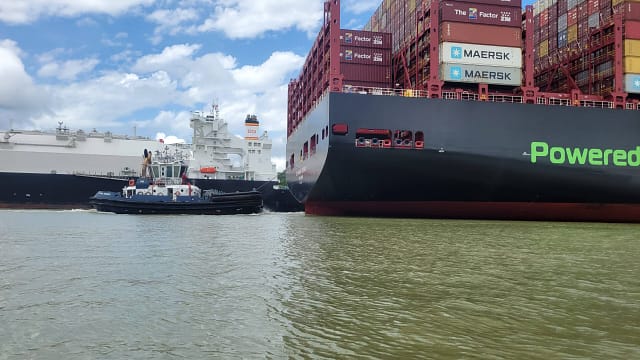
El Niño, Climate Change and Neopanamax
Our visit, in August 2023, featured perhaps greater discussion of the Neopanamax than normal. It’s an El Niño year meaning weather patterns shift and water levels are a bit lower than normal. But this year, water levels are even lower still, with climate change in combination meaning historically low water levels. The Neopanamax normally has very little clearance between the bottom of the ship and the bottom of the canal.
But this year, the low water levels in the Panama Canal have meant both a restriction in the number of daily ships, down to 32 from a normal 42 per day, and a restriction in draft depth. During our time in Panama, many of the largest ships had to actually offload hundreds of containers at either end, having them shipped by truck or train to the other side, and then re-loaded to continue on with their voyage.
The low water levels were also evident during our tour of the Monkey Islands where stumps were visible rising from the water and you could see the 6 foot or so difference between normal water levels.
A benefit, perhaps, of the low water level, is that older monkeys, normally kicked out of their group when they come of age, were able to migrate to other islands because the water level was low enough — allowing them to find new groups and mates.

Summarizing our Panama Canal Experience
I’m not sure anything I say can truly sum up the Panama Canal but I suppose I’ll try. Panama really *is* the Panama Canal in so many ways. The country itself was created at the behest of the United States as a condition for building the canal. The people, the culture, the food, and so many other aspects of Panama are the direct result of of its construction. There were so many things that, today, we may look at as bad things – pushing out the indigenous people, the construction and then demolition of parts of Panama City as we invaded the country, the environmental impact (some might say devastation) from its construction and maintenance.
Yet the Panama Canal has made a massive global impact for the benefit of so many. To this day something like 40% of the goods purchased in the United States have transited the canal. And the Panama Canal would most certainly have been built by someone else if the United States had not taken over from the French to complete it. And the amazing blend of cultures that typify Panama City are a direct result of the creation.
You really can’t avoid the Panama Canal on a visit to the country. We learned so much about the country, the history of Central America, global trade, and more through our experiences at and around the canal and are all the better for it.
